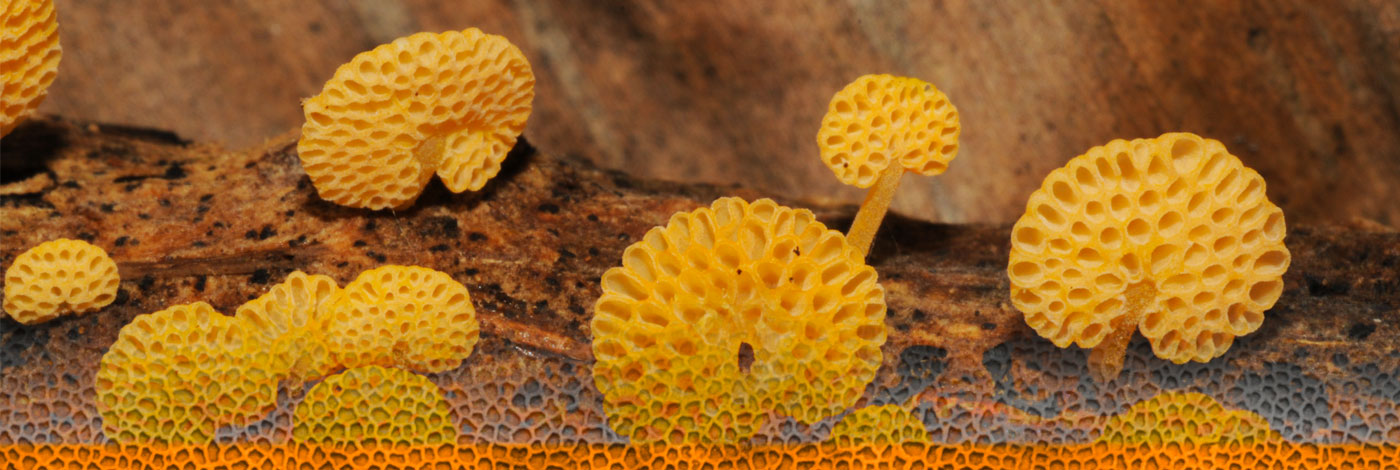

 Cryptogamie, Mycologie
30 (4) - Pages 363-376
Cryptogamie, Mycologie
30 (4) - Pages 363-376The analysis of fungal communities of two composts prepared with different raw materials were conducted to evaluate the abundance and frequency of species that could constitute a risk for plant, animal or human health. A total of 40 405 × 103 propagules corresponding to 90 species were found in 30 samples of two composts of different composition. Twelve of the species were thermotolerant, three were thermophilic and the other species were mesophilic. Acrodontium crateriforme present in nearly half of the samples of compost prepared mainly with hair waste from leather industry was the most abundant species. Several other species as Aspergillus spp., Monocillium mucidum, Penicillium spp., Paecilomyces variotii, Candida sp. and Humicola grisea var. thermoidea were present. The community prepared with Ligustrum pruning wastes and rice hull mixed with chicken mess was characterized by Aspergillus fumigatus, present in nearly all samples, and by Penicillium spp., Fusarium spp., Emericella nidulans, Emericella rugulosa and Humicola fuscoatra. All the species are commonly found in composts of different origins. Several are important in biodegradation and in suppressive pathogen abilities. Both composts can be used separately or together to enhance the nutritional and suppressive abilities of soils.